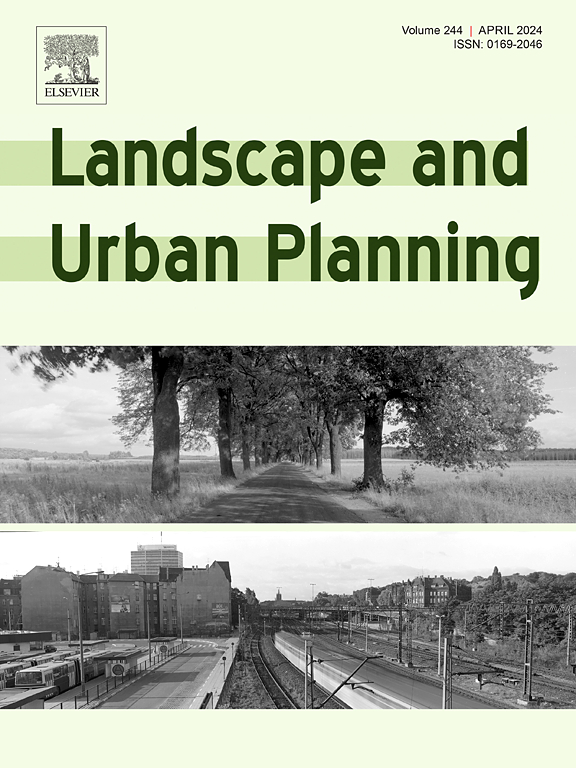A new tool to characterise the socio-environmental dimensions of urban rivers: Urban river socio-environmental index
IF 9.2
1区 环境科学与生态学
Q1 ECOLOGY
引用次数: 0
Abstract
Numerous studies have highlighted the dramatic hydro-geomorphological and ecological alterations that are the hydrological consequences of urban sprawl. However, most studies did not include the social dimensions. We propose an innovative interdisciplinary approach that combines biophysical and social issues using an example in the Paris urban area. We developed an Urban River Socio-environmental index (URBS) as a practical tool to assess the socio-environmental quality of the stream environment and social connectivity. The URBS is a multi-criteria index composed of four indicators calculated at the reach scale: hydro-geomorphology, macroinvertebrates, riparian vegetation, and social connectivity. We used the index to assess the organisation of several reaches along the stream and to provide a detailed functional socio-environmental typology. To exemplify the discussion, we used the URBS to assess the current situation of the Morbras River. Our results highlight the marked longitudinal diversity of urban streams and call for a combination of watershed and territorial approaches to management and/or restoration. This approach makes it possible to account for the diversity of territories thereby avoiding a form of landscape standardisation or ‘blandscaping’.

表征城市河流社会环境维度的新工具:城市河流社会环境指数
许多研究都强调了城市扩张造成的水文地貌和生态变化。然而,大多数研究没有包括社会层面。我们提出了一种创新的跨学科方法,结合了生物物理和社会问题,并以巴黎市区为例。我们开发了城市河流社会环境指数(URBS)作为评估河流环境和社会连通性的社会环境质量的实用工具。URBS是由河段尺度计算的水文地貌、大型无脊椎动物、河岸植被和社会连通性四个指标组成的多标准指数。我们使用该指数来评估河流沿线几个河段的组织,并提供详细的功能社会环境类型学。为了举例说明这个讨论,我们使用URBS来评估莫布拉斯河的现状。我们的研究结果强调了城市河流明显的纵向多样性,并呼吁将流域和领土方法结合起来进行管理和/或恢复。这种方法可以考虑到地域的多样性,从而避免景观标准化或“景观美化”的形式。
本文章由计算机程序翻译,如有差异,请以英文原文为准。
求助全文
约1分钟内获得全文
求助全文
来源期刊

Landscape and Urban Planning
环境科学-生态学
CiteScore
15.20
自引率
6.60%
发文量
232
审稿时长
6 months
期刊介绍:
Landscape and Urban Planning is an international journal that aims to enhance our understanding of landscapes and promote sustainable solutions for landscape change. The journal focuses on landscapes as complex social-ecological systems that encompass various spatial and temporal dimensions. These landscapes possess aesthetic, natural, and cultural qualities that are valued by individuals in different ways, leading to actions that alter the landscape. With increasing urbanization and the need for ecological and cultural sensitivity at various scales, a multidisciplinary approach is necessary to comprehend and align social and ecological values for landscape sustainability. The journal believes that combining landscape science with planning and design can yield positive outcomes for both people and nature.
 求助内容:
求助内容: 应助结果提醒方式:
应助结果提醒方式:


